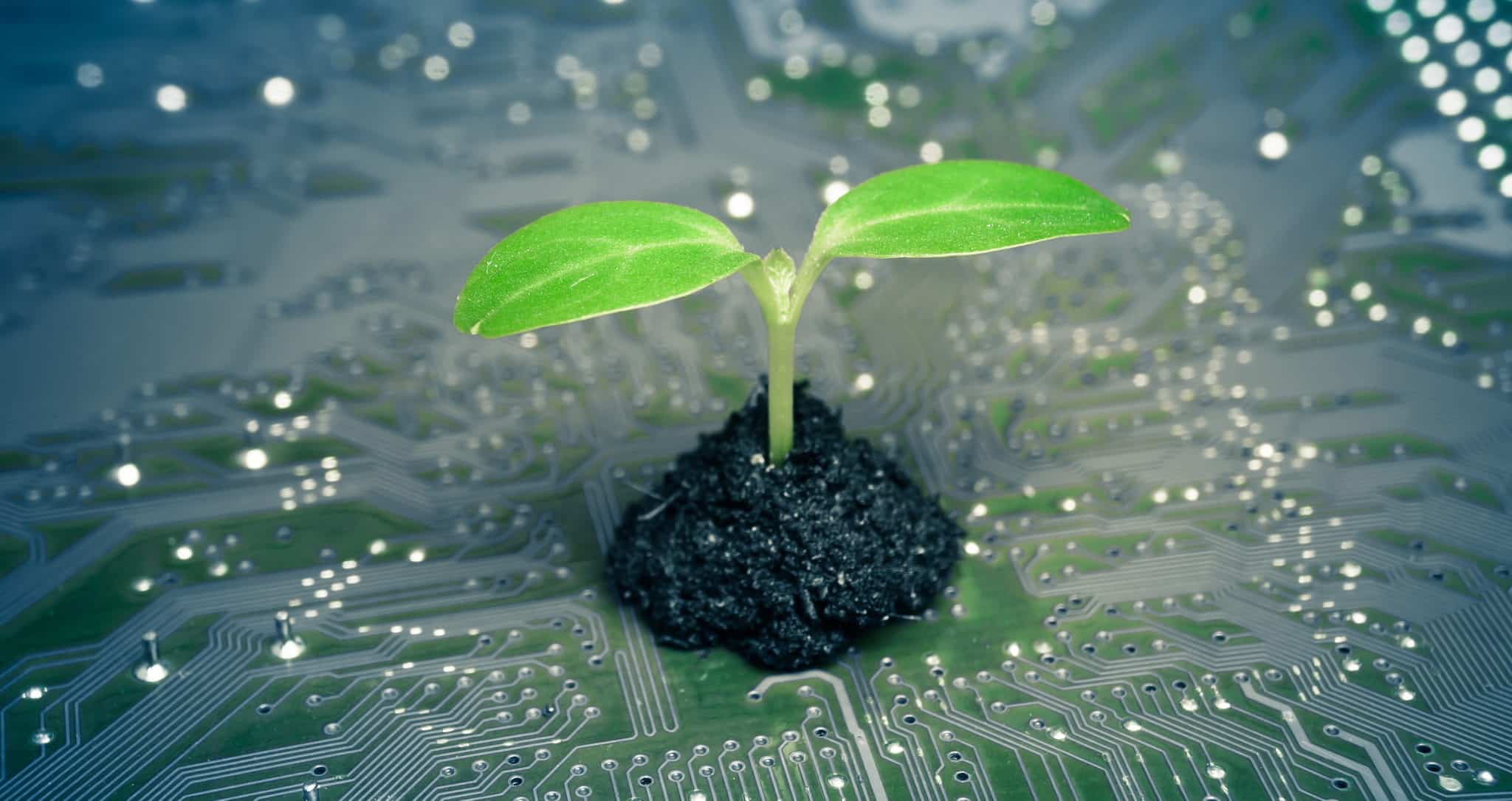Introduction
In the face of escalating environmental challenges, the quest for sustainable solutions has never been more urgent. Green technology, also known as green tech or clean tech, offers innovative approaches that leverage nature’s principles to address pressing environmental issues while fostering economic growth. From renewable energy sources to biomimicry-inspired designs, green tech innovations are paving the way towards a more sustainable future.
Renewable Energy: Powering the Future Sustainably
Renewable energy technologies play a central role in the transition towards a low-carbon economy. Solar power, wind energy, hydropower, and geothermal energy offer clean alternatives to fossil fuels, reducing greenhouse gas emissions and mitigating climate change. Advancements in renewable energy storage and distribution systems further enhance their reliability and scalability, making them viable replacements for conventional energy sources.
Biomimicry: Nature-Inspired Design Solutions
Biomimicry, the practice of emulating nature’s patterns and processes to solve human challenges, has emerged as a powerful tool for innovation in green technology. By studying the design principles of natural systems, engineers and designers can develop sustainable solutions that are efficient, resilient, and adaptable. Examples include bio-inspired materials, such as self-healing polymers modeled after the human skin, and energy-efficient building designs inspired by termite mounds and tree structures.
Circular Economy: Closing the Resource Loop
The concept of a circular economy emphasizes the need to minimize waste and maximize resource efficiency throughout the product lifecycle. Green tech innovations in recycling, waste-to-energy conversion, and sustainable materials management are driving the transition towards a closed-loop system where materials are reused, repurposed, or recycled to minimize environmental impact. By eliminating the concept of waste, circular economy principles offer a pathway to sustainable consumption and production.
Smart Grids and Energy Management Systems
Smart grid technologies leverage advanced sensors, analytics, and communication networks to optimize energy production, distribution, and consumption. By integrating renewable energy sources, energy storage systems, and demand response mechanisms, smart grids enable more efficient use of resources and enhance grid resilience. Energy management systems, powered by artificial intelligence and machine learning algorithms, further optimize energy usage in buildings, industries, and transportation sectors.
Green Buildings and Sustainable Infrastructure
Green building practices focus on minimizing environmental impact and maximizing resource efficiency in the design, construction, and operation of buildings and infrastructure. From energy-efficient lighting and HVAC systems to passive design strategies and green roofs, green buildings aim to reduce energy consumption, conserve water, and enhance occupant comfort and well-being. Sustainable infrastructure solutions, such as green transportation networks and resilient urban planning, contribute to building more sustainable and livable communities.
Precision Agriculture and Sustainable Food Systems
Precision agriculture utilizes technology, data analytics, and automation to optimize agricultural practices and minimize environmental impact. By monitoring soil health, crop growth, and weather patterns in real-time, farmers can make data-driven decisions to optimize resource use, reduce chemical inputs, and improve crop yields sustainably. Sustainable food systems encompass holistic approaches that promote biodiversity, conserve natural resources, and minimize food waste throughout the supply chain, from farm to fork.
Ocean Conservation and Marine Technologies
Ocean conservation efforts are increasingly leveraging technology to address pressing environmental challenges, such as overfishing, habitat destruction, and marine pollution. Green tech innovations, such as marine-protected areas, underwater drones, and autonomous sensors, aid in monitoring and preserving marine ecosystems. Sustainable aquaculture practices, including offshore fish farming and integrated multi-trophic aquaculture, offer alternatives to traditional fishing methods while reducing pressure on wild fish stocks.
Conclusion
Green tech innovations offer promising solutions to some of the most pressing environmental challenges facing our planet. By harnessing the power of nature-inspired design, renewable energy sources, and circular economy principles, green technologies enable us to build a more sustainable and resilient future. However, realizing the full potential of green tech requires collaborative efforts across sectors and continued investment in research, development, and deployment of sustainable solutions. Together, we can create a greener, cleaner, and more sustainable world for future generations.

